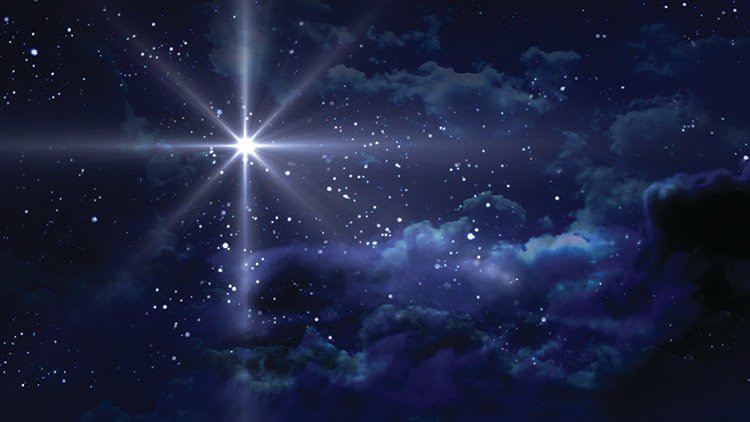Okeey dokey smokey, after a three day run of grand slamming saints’ days, can we please get back to some good ol’ Christmas joy now?! How ‘bout reverting to that First Sunday of Christmas for a re-visit of Sunday’s gospel, the Prologue to John’s Gospel. The church in her liturgical wisdom balances the Christmas story between narrative and explanation, or in more theological vocabulary, Nativity and Incarnation. Advent, Christmas Eve and Day: Nativity narrative. Let Linus stand on that stage with blanket to tell us what Christmas is all about in that sweet child’s voice. Matthew and especially Luke spend impressive scroll space explicating Jesus’ birth. I mean, no Luke then no pageant of any length, no creche scenes, no angels, no choirs, no little drummer bo…(oops, not technically included in the bible but so close!), no no room in the inn, and so on. No Matthew then no Egyptian journey fleeing persecution, no wise men, no maniacal Herod. Both explain variously how Jesus grows up as a Galilean Jew even though Joseph’s ancestral home is the ancient Davidic, town of Bethlehem in Judea. We call the Christmas story Nativity, the birth story of Jesus.

It’s left to the Fourth Gospel to provide the explanation, which theologians call the doctrine of the Incarnation. Carno, Latin for fleshly, and the rest is obvious. In Hebrew, Emmanuel, God-With-Us. In Latin, Incarnation. In the street Greek of the Johannine Prologue, the Word took on flesh and moved into our neighborhood. Again, it took the church almost no time to proclaim a crucified and resurrected Savior, but several hundred years to fully articulate Incarnation. The finest minds of the late Roman and early Byzantine empires landed upon hypostasis, or hypostatic union of fully divine and human natures, to mansplain the God-man.
Each nature fully expressed, fully present and fully realized with no competition with or domination over the other. No other human being who has ever lived has ever existed like this, although we are called to follow Emmanuel and become ever more Christ-like in our own lives.
But Christmas has to be personal, intimate, connective and organic for each believer. This Christmas for me, the babe in the manger is the light which shines in our current darkness, a darkness we did not expect but so similar to the darkness everyone in 1st century Judea, Samaria and Galilee was facing. I have stood, as have you, with so many faced with depressive, anxious, chaotic, life-threatening, rageful and destructive darkness. I have stared, as have you, that customized darkness squarely in the face. I crave the joy, peace, hope and love in Christ we waited for in Advent. I crave the best news of greatest joy Luke’s angelic choir announced to those astonished shepherds. I need the divine light of Jesus illuminating my own dark soul places. And you?
- If you could pray for one place, relationship, memory, moment or element of your life needing God’s purifying, radiant and healing light to illuminate, exactly (and quite confidentially) which place, relationship, memory, moment or element would that be? And, why not pray for the light from the Christ-child to do precisely that this Christmastide?!
- Are you a Nativity or Incarnational Christian then? Either story or explanation work best for you? And if your answer is both….friend, welcome to the fudgy, “don’t ever type me or put me into a box” Anglican tradition, where our theological tread is wider than a truck and tractor pull!! Ever considered hopping over the theological/scriptural fence to prayerfully reflect upon the other side?
- Consider reading reflectively the Matthean, Lukan and Johannine Nativity/Incarnational passages again today or better still throughout this week. Jot down insights, questions, places which are smooth and easy, places which grate and rub, and places which elevate. A good study bible can help provide depth of insight and spiritual support as you go. Enjoy the journey!